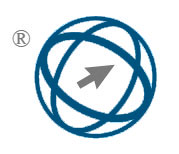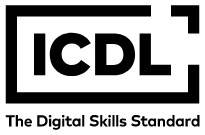Path Planning Optimization for Industrial Robots using an Adaptive Improved Differential Evolution Algorithm
Abstract
Industrial robot path planning faces mechanical stress accumulation and motion instability caused by velocity step in complex scenarios. In this study, an adaptive optimization model is proposed, integrating the improved differential evolutionary algorithm and asymmetric S-type velocity planning. This model achieves global-local cooperative optimization through dynamic parameter coupling and velocity field feedback mechanism. Moreover, this study constructed a 10m×6m dynamic simulation environment (including 12 static/dynamic obstacles) based on the Gazebo platform, and set parameters such as the maximum linear velocity of the robot as 2m/s and the safety distance as 0.3m. The performance of the model was also compared with traditional benchmark methods (ant colony optimization algorithm, etc.) and most advanced methods (improved dynamic window algorithm, etc.). Simulation experiments showed that the average path error of the model was reduced by 76.3%, the number of convergence iterations was reduced by 33.3%, and the AUC value was improved by 9.6%. The model's dynamic obstacle scenario planning efficiency in real-world environments was improved by 23.5%, the motion stability index was improved by 7.2%, and the trajectory tracking energy consumption was reduced by 34.7%. In summary, the adaptive population initialization strategy of IDE and the segmented plus acceleration constraints of IASCV achieve a smooth transition of the velocity profile through the dynamic replanning mechanism in the overspeed region, breaking the limitation of the decoupling of the existing trajectory optimization and dynamics constraints. In conclusion, the research model reaches the advanced level in terms of convergence speed, environmental adaptability and industrial energy efficiency, providing a highly robust solution for complex industrial scenarios.
Full Text:
PDFDOI: https://doi.org/10.31449/inf.v49i24.8515

This work is licensed under a Creative Commons Attribution 3.0 License.









